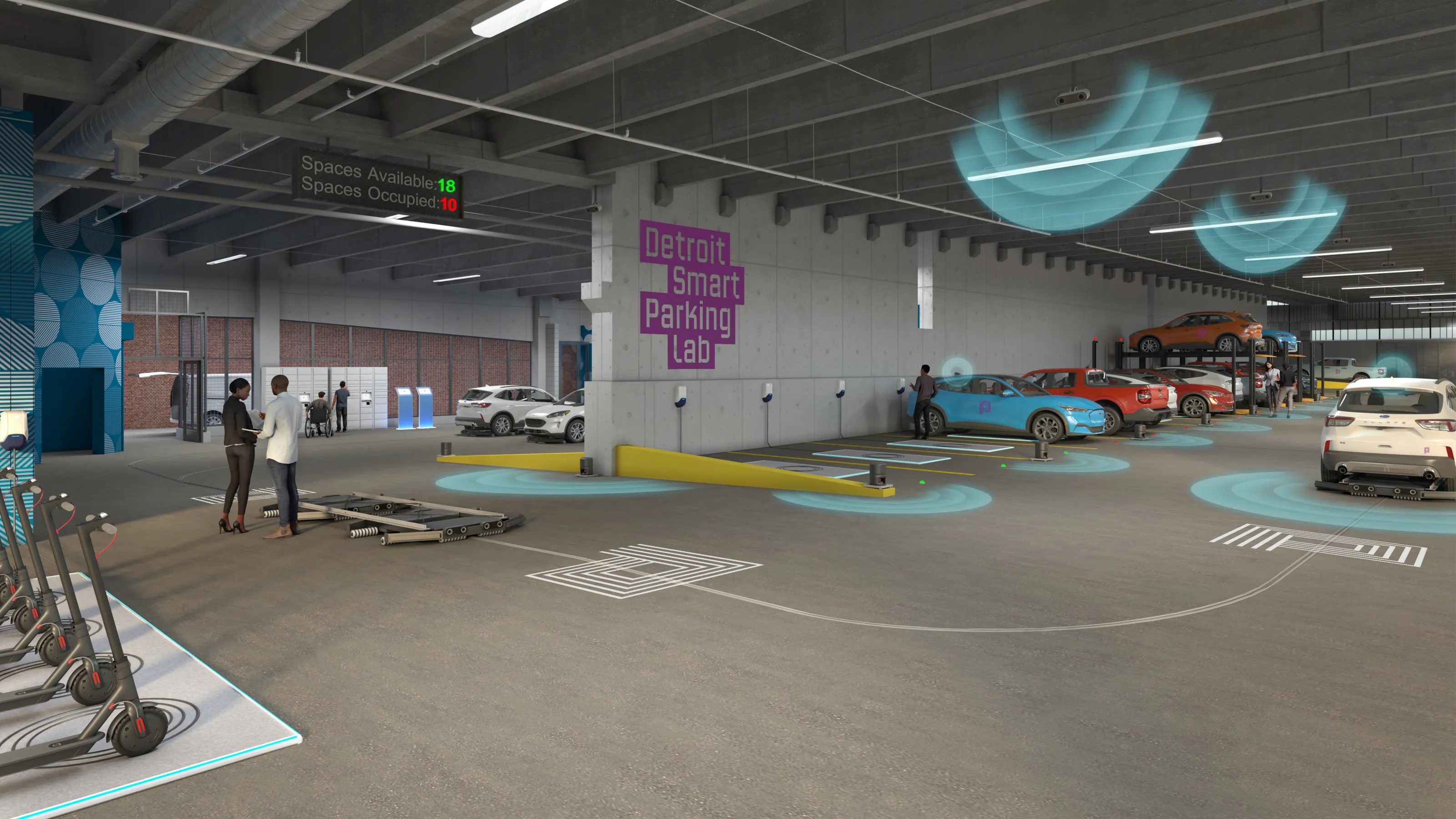In an effort to optimise the parking enforcement process, German supplier of handheld computers for parking enforcement Schweers has integrated Nedap’s Sensit wireless parking sensor with the Schweers Politess parking enforcement system.
Sensit is an in-ground sensor, installed in a parking bay, which detects the occupancy of that bay in real time; when integrated with the Politess system, it enables enforcement of pay by space parking systems, enabling parking enforcement officers to quickly check the o
July 2, 2015
Read time: 2 mins
In an effort to optimise the parking enforcement process, German supplier of handheld computers for parking enforcement Schweers has integrated 3838 Nedap’s Sensit wireless parking sensor with the Schweers Politess parking enforcement system.
Sensit is an in-ground sensor, installed in a parking bay, which detects the occupancy of that bay in real time; when integrated with the Politess system, it enables enforcement of pay by space parking systems, enabling parking enforcement officers to quickly check the occupancy status of a parking bay before issuing a parking ticket.
Information on parking duration is compared with the actual payment per space. Any overstays are alerted to the enforcement officer, who can immediately see which vehicles are in violation.
Integration of the two systems gives a municipality data for future mobility and parking policy planning, by providing detailed information on parking utilisation and turnaround per space.
The integrated solution has been launched at Svepark in Sweden and Parkeervak in the Netherlands.
Sensit is an in-ground sensor, installed in a parking bay, which detects the occupancy of that bay in real time; when integrated with the Politess system, it enables enforcement of pay by space parking systems, enabling parking enforcement officers to quickly check the occupancy status of a parking bay before issuing a parking ticket.
Information on parking duration is compared with the actual payment per space. Any overstays are alerted to the enforcement officer, who can immediately see which vehicles are in violation.
Integration of the two systems gives a municipality data for future mobility and parking policy planning, by providing detailed information on parking utilisation and turnaround per space.
The integrated solution has been launched at Svepark in Sweden and Parkeervak in the Netherlands.










